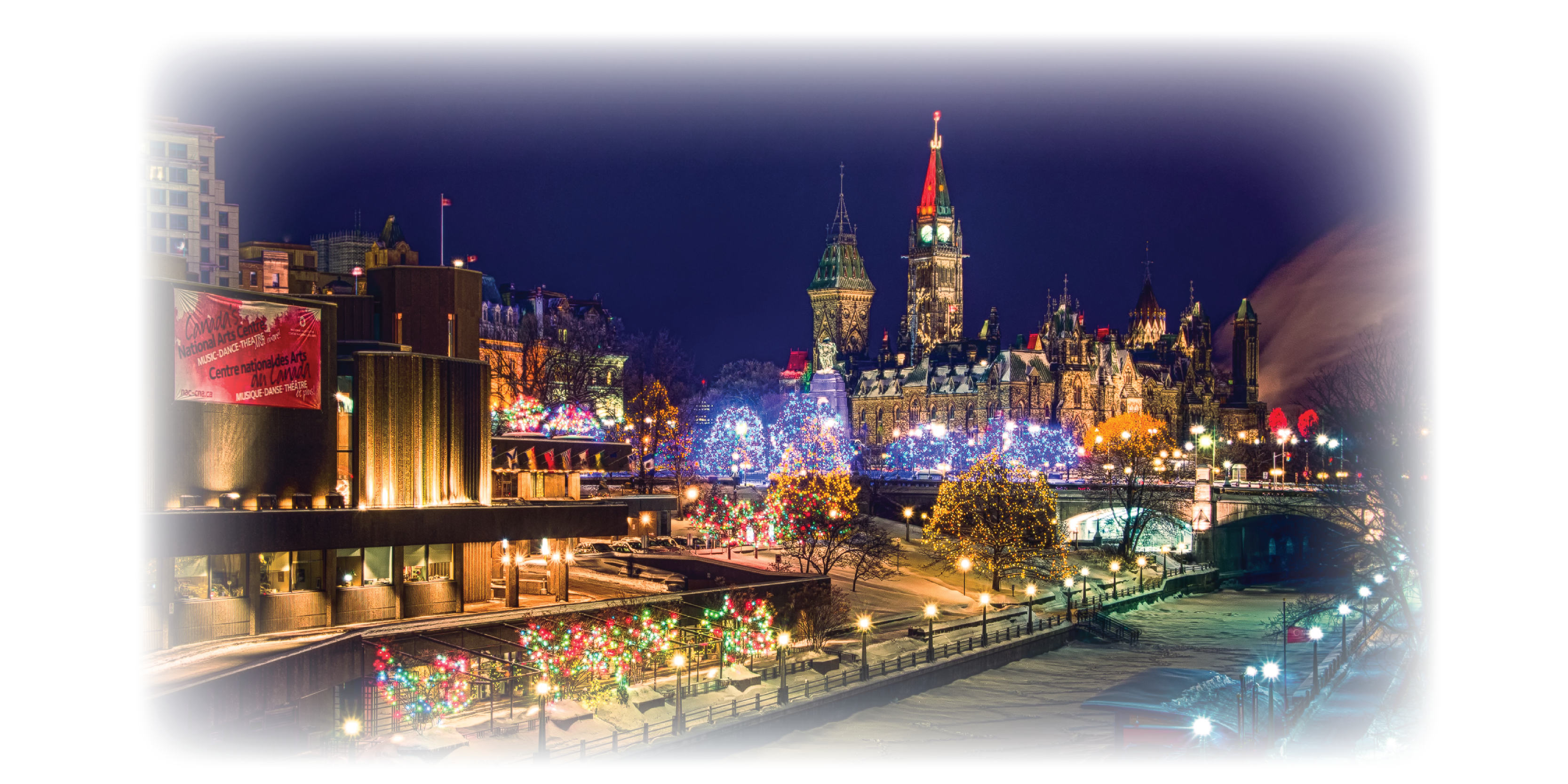How Ice Rinks are Made
Natural ice rinks are formed when a body of water meets an atmosphere with below freezing temperatures. The water cannot be moving at a high rate of speed however a gentle flow in river, canal or stream can freeze over as well. A famous example is the Rideau Canal Skateway in Ottawa, Canada. This over 1,782,000ft2 and 4.8 miles in length. Every winter the canals water level is lowered and allowed to freeze completely.
Most ice rinks we are familiar with today are artificial. They are created with a complex refrigeration system that pumps coolant through a maze of piping located under a layer of sand or concrete. The coolant is called brine (calcium-chloride or glycol) which has a freezing point of 0⁰F. There is about 5 miles of polyethylene piping winding under the ice slab. The piping contains about 9,000 gallons of coolant flowing through it at a temperature of 16⁰F. (There will be more Information about the cooling system on the following page.)
The ice slab is formed in a few different layers. First, a thin layer of water is sprayed on top of the concrete slab and frozen. The second layer is leveled and painted white or pale blue to create a bright unmarked surface. A very thin layer of water is sprayed on top of the paint to seal it. If a sporting event needs special markings on the ice they are added on top of this layer. The final layer of ice is gradually built up about 600 gallons at a time to allow a thorough freezing. The total thickness of the completed ice sheet is 3/4ths to 1 inch thick, using 12 to 15 thousand gallons of water. The ice is typically frozen and maintained at a temperature of 24⁰F to 26⁰F.



